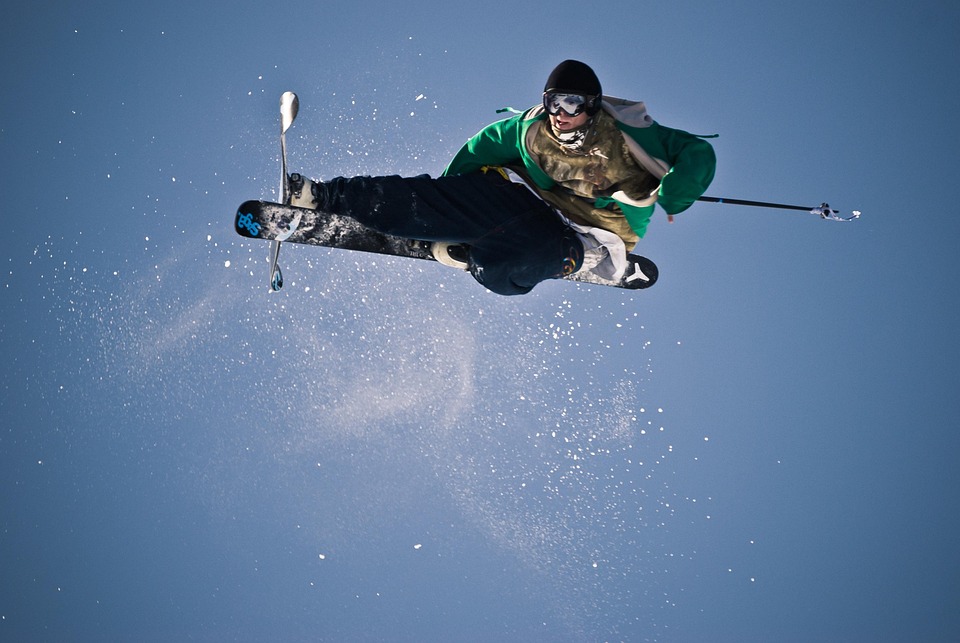Skiing, as both a sport and a means of transportation, boasts a rich history that stretches back thousands of years. Its evolution from rudimentary means of traversing snowy landscapes to a thrilling global sport illustrates humanity’s ingenuity and adaptability. In this article, we explore the fascinating journey of skiing from its ancient origins to its modern-day incarnations.
Ancient Beginnings
The Early Skiers
The earliest evidence of skiing dates back to around 8000-5000 BCE in the region that is now Norway and Sweden. Archaeological discoveries, including ancient rock carvings and preserved ski artifacts, suggest that early skiers used wooden planks to traverse snowy terrain for hunting and transportation purposes. The oldest known skis, dated around 600 BCE, were found in Russia, indicating that skiing was likely practiced across various cultures in northern Europe and Asia.
Utilitarian Usage
In these early societies, skis served practical purposes. They allowed for the efficient movement across snow-covered ground, enhancing hunting capabilities and facilitating travel. The Sami people of Scandinavia, for example, used skis for centuries to move with their reindeer herds across the winter landscape. Skiing became an essential skill, adapting to the needs of different communities in wintry climates.
The Evolution of Skiing
Skiing as Recreation
By the 18th century, skiing began to transition into a recreational activity. In Norway, skiing practices evolved, leading to the establishment of the first organized ski competitions, such as the Holmenkollen Ski Festival in 1892. This event marked the beginning of skiing’s recognition as a sport, drawing enthusiasts and spectators alike.
The Birth of Alpine Skiing
The late 19th and early 20th centuries heralded the emergence of alpine skiing. This form of skiing, characterized by descending mountainous slopes, gained popularity in the Alps, especially in Switzerland and Austria. The introduction of ski lifts in the 1930s further fueled the growth of alpine skiing, making it accessible to a broader audience.
Skiing in the Olympics
Skiing first made its Olympic debut at the 1936 Winter Games in Garmisch-Partenkirchen, Germany. The inclusion of skiing events in the Olympics helped to elevate its status as a competitive sport globally. Over time, various disciplines emerged, including slalom, downhill, cross-country, and freestyle skiing, each showcasing unique skills and techniques.
The Modern Skiing Experience
Advancements in Equipment and Technology
The latter half of the 20th century witnessed significant innovations in ski equipment. From fiberglass skis in the 1960s to the introduction of shaped skis in the 1990s, advancements in materials and design revolutionized skiing. Modern skis are lighter, more flexible, and allow for improved performance and agility on the slopes.
Ski Resorts and Tourism
The rise of ski resorts transformed skiing into a mainstream leisure activity in the latter half of the 20th century. Destinations like Aspen, Whistler, and Chamonix became synonymous with winter sports, offering a complete vacation experience that included not only skiing but also après-ski activities, fine dining, and luxury accommodations. The allure of skiing as a holiday pastime drew millions to the mountains, fostering a culture of snowsports enthusiasts from diverse backgrounds.
Skiing Today and Beyond
A Global Phenomenon
Today, skiing is a beloved sport worldwide, with millions of participants enjoying everything from leisurely cross-country skiing to adrenaline-pumping downhill runs. The sport has diversified, appealing to a wide range of thrill-seekers, including snowboarders and freestylers who dominate areas in ski parks designed for tricks and stunts.
Emphasis on Sustainability
As climate change poses new challenges for winter sports, the skiing community has begun to prioritize sustainability. Many ski resorts and organizations are actively seeking ways to reduce their environmental impact, from investing in renewable energy to adopting sustainable practices in operations.
Future Trends
Looking ahead, skiing continues to evolve. Technological advancements, such as virtual reality experiences and improved safety gear, are shaping how enthusiasts engage with the sport. The rise of backcountry skiing and other emerging practices reflects a growing desire for adventure and exploration, encouraging skiers to seek new terrains beyond traditional slopes.
Conclusion
The history of skiing is a trajectory of innovation, adaptation, and excitement. From ancient hunters gliding on primitive wooden planks to today’s advanced athletes carving down world-class pistes, skiing has transitioned into a thrilling and multifaceted sport embraced by countless individuals. As we look to the future, skiing will undoubtedly continue to evolve, merging tradition with modern advances while maintaining its fundamental spirit of adventure and joy in the snow.

